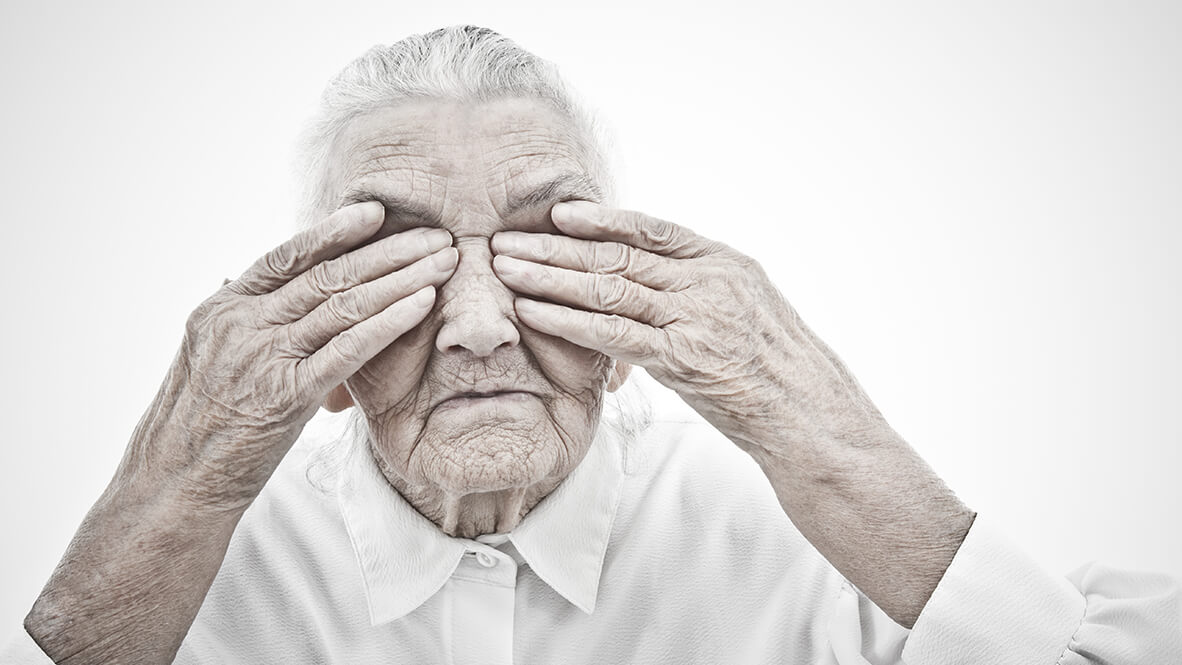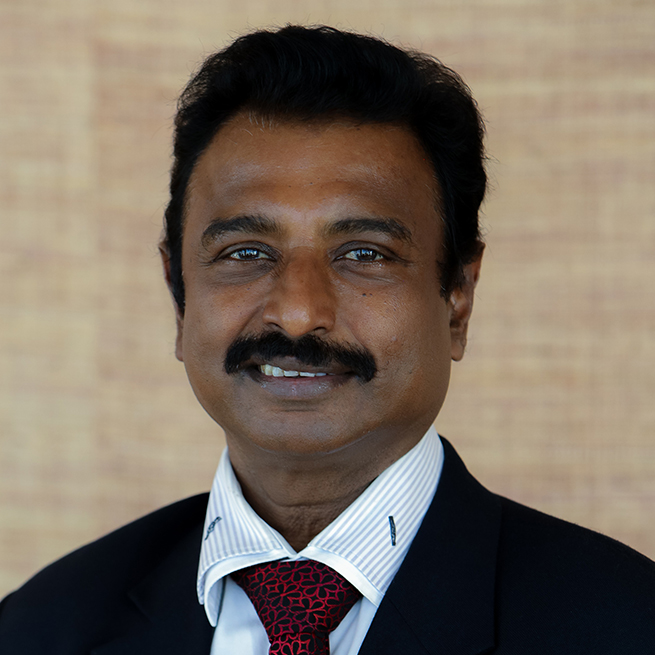Diabetic retinopathy (DR) is the main cause of visual impairment in working-age adults and every diabetic is a potential candidate for the condition. Thus, DR is recognized as one of the most important causes for visual impairment and blindness. Globally, studies have shown that the most affected are working adults, and therefore DR also has a socio-economic impact. Data reveals that one out of 39 blind people are blind due to DR, and 1 out of 52 visually impaired people had visual impairment due to DR.
As the global prevalence of diabetes increases, with India being the capital for diabetes, among the number of people with diabetes-related complications, nearly one-third of them are likely to develop DR. Blindness due to cataract is curable, but blindness because of DR is preventable. Self-reported studies in India have shown the prevalence of DR to be around 20%.
“I felt that the prevalence could be much higher given the lack of knowledge how diabetes affects the eye, and also that majority of patients visit an ophthalmologist only when the vision is affected,” said Dr. Kiran Shah, director of the Diabetes and Thyroid Care Centre in Mumbai, India.
“They only see an ophthalmologist when they are already in advanced stages of DR,” he added.
Dr. Kiran Shah, Dr. Alka Gandhi and Prof. Dr. Sundaram Natarajan highlighted the insights from the DIAMOND Study, a study on DR awareness and associations with multiple comorbidities, in their recent publication in the Jan-Feb 2018 issue of the Indian Journal of Endocrinology and Metabolism. This was a single-center, retrospective study conducted over 2 years in 6,000 patients over 40-years-old with type 2 diabetes mellitus (T2DM). The researchers analyzed awareness and prevalence of DR and association of DR with identified risk factors.
The study found that almost 63% of the patients were unaware that diabetes affects the retina. Moreover, 68% of patients were unaware whether DR can be prevented or treated. Dilated fundus examination was not recommended to 73% of patients by their diabetes care provider, while the majority of patients (92%) had undergone first dilated fundus examination only when their vision was affected. When questioned why they did not seek a retinal examination, 86% reported “I can see everything” as the answer.
Overall, 52.02% of smokers were reported to suffer from DR. Smokers are more likely to have relatively large changes in the venular caliber, arterial stiffness and the associated free radicals can cause damage to the vascular endothelium. Also, smoking causes the release of catecholamines, increases heart rate and blood pressure. These adverse hemodynamic are changes associated with progression of atherosclerosis.
“The harmful effect of smoking does not depend on whether patients smoke cigarettes, beedis, or hookah, but is more dependent on the amount smoked. There are studies which have shown smoking may accelerate the development of, or worsen DR,” said Dr. Shah.
“In our study, the prevalence of DR was significantly higher amongst the male smokers as compared to non-smokers,” he shared.
There is a strong relationship between microvascular and macrovasular complications and the relationship is in continuum and not distinct. In the study, a strong association was observed between hypertension and DR, with 42.6% of patients having coexistence of hypertension and DR. Also, a high proportion of patients (49.11%) had co-existence of cardiac morbidity and DR. There is a strong relationship between DR and cardiovascular diseases (CVD) and presence of DR is associated with new CVD events independent of glycemic levels and CVD risk factors. DR status may be used as a guide for treatment decision making in diabetics needing revascularization, such as percutaneous transluminal coronary angioplasty (PTCA) and coronary artery bypass graft (CABG).
Meanwhile, patients having diabetic kidney disease (DKD) also reported DR. Almost all diabetics with DKD have DR, but all diabetics with DR may not have DKD.
In addition, 43.85% of patients with microalbuminuria had two times more risk of developing proliferative DR. Diabetics with microalbuminuria were around two times as likely to have DR as those without microalbuminuria, and this risk is almost six times in the presence of macroalbuminuria.
The high prevalence and significantly high unawareness for DR in T2DM patients must be addressed. The researchers were unanimous that all diabetics must be screened or undergo dilated fundus examination for DR. Education and creating awareness for DR should not only be for the patients but also involve the treating primary care physicians, diabetologists, endocrinologists and every doctor involved in the treatment of diabetes. This is essential to prevent visual impairment or blindness associated with DR. Furthermore, the modifiable risk factors associated with DR should be looked for and treated intensively to prevent development and progression of DR.
Reference:
Kiran S, Alka G, Natarajan S. Diabetic Retinopathy Awareness and Associations with Multiple Comorbidities: Insights from DIAMOND Study. Indian J Endocrinol Metab. 2018; 22(1):30-35.





